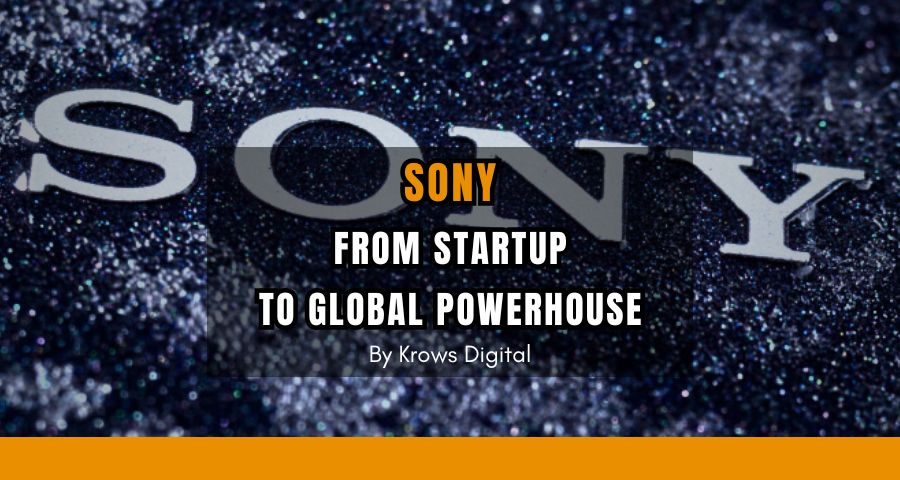Sony, one of the world’s most iconic technology and entertainment companies, is known for its innovations in consumer electronics, music, gaming, and more. Its journey from a small post-war startup in Tokyo to a global powerhouse is nothing short of remarkable. In this article, we’ll explore how Sony started, the goals it set, the struggles it faced, and the breakthroughs that made it a market leader across multiple industries.
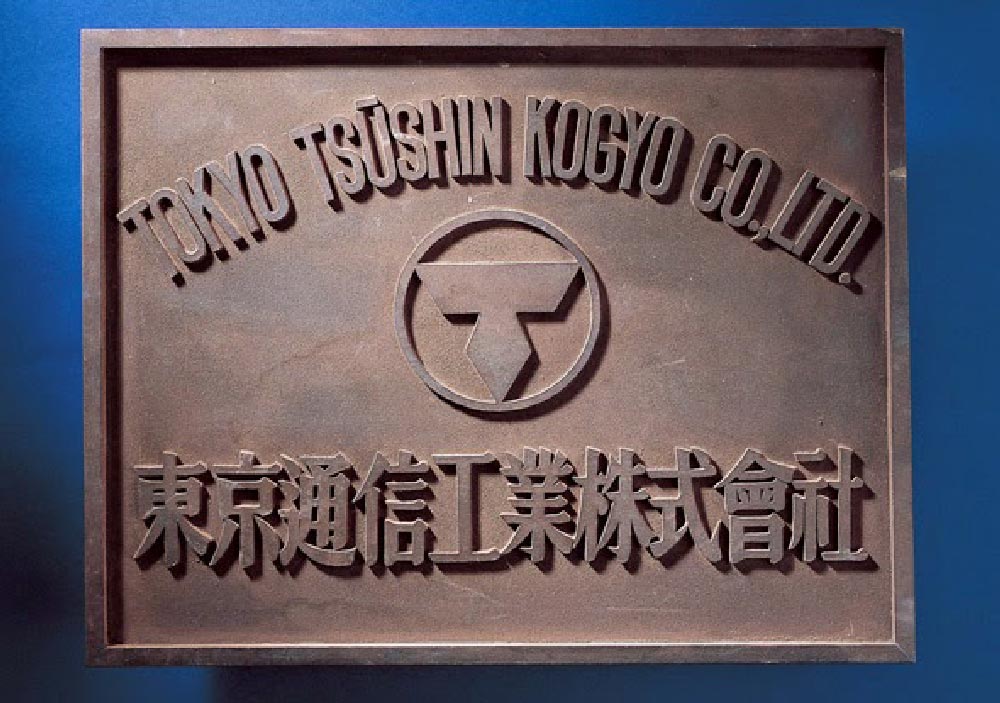
The Origins of Sony: Humble Beginnings in Post-War Japan
Sony was founded in 1946, right after the devastation of World War II. Japan was a nation in ruins, both physically and economically. Two visionaries, Masaru Ibuka and Akio Morita, saw an opportunity to create something new and transformative. They founded Tokyo Tsushin Kogyo K.K. (Tokyo Telecommunications Engineering Corporation), a small electronics shop in a bombed-out building in Tokyo with about 20 employees.
The company initially focused on repairing radios and manufacturing simple consumer electronics. Despite limited resources, Ibuka and Morita shared a deep passion for innovation and technology. From the very beginning, they had a clear goal: to develop world-class products that would improve people's lives and earn the trust of global consumers.

Their first major product, the Type-G tape recorder—Japan's first—marked the company's initial step toward becoming a major player in the electronics world.
Grow Your Brand with Krows Digital
Looking to elevate your brand like Sony did? At Krows Digital, we specialize in crafting tailored marketing strategies that drive results across social media, digital advertising, and content marketing. Whether you’re a small business or a global enterprise, our expert team can help you connect with your audience, boost brand awareness, and increase engagement across platforms like Instagram, Facebook, TikTok, and more. Let us help you grow your brand with innovative and effective marketing solutions.
Contact us today to start your digital transformation!
Sony’s Name and Global Ambitions
As Ibuka and Morita realized that their ambitions extended far beyond Japan, they knew they needed a more internationally recognizable name. In 1958, the company officially changed its name to Sony—a fusion of "Sonus," the Latin word for sound, and "Sonny," a colloquial term for a young boy.
This was not just a cosmetic change. It was a signal of Sony's global ambitions. From the start, Morita was particularly focused on making Sony a company that could compete on the international stage. His forward-thinking mindset led to decisions that were ahead of their time, like focusing on building a brand that emphasized both product innovation and consumer trust.

Sony’s First Breakthrough: The Transistor Radio
Sony's big break came in 1955 with the release of Japan’s first transistor radio, the Sony TR-55. This innovation was particularly notable because Sony did not invent the transistor—Bell Labs in the United States did. But Sony was one of the first companies to recognize the commercial potential of the technology.
At the time, radios were large and bulky, but the transistor allowed Sony to create a small, portable device. The transistor radio quickly became a huge success, not just in Japan but also internationally. In the U.S. market, the Sony TR-63, a more refined version, became incredibly popular among teenagers, establishing Sony as a serious player in consumer electronics.
The success of the transistor radio cemented Sony’s reputation as an innovative and forward-thinking company. This was Sony’s first step toward achieving global recognition, and it wouldn’t be the last.

Struggles and Challenges: Learning From Failure
Although Sony saw early success, the company faced its fair share of challenges and setbacks. One of the key struggles in the early years was its attempt to enter the television market. In 1960, Sony released the TV8-301, the world’s first direct-view transistor television. While it was an impressive technological feat, it was expensive to produce and was not an immediate commercial success.
However, Sony did not shy away from learning from its failures. The company kept investing in research and development, determined to stay ahead of the competition. This resilience and willingness to innovate, even when initial results were underwhelming, became a hallmark of Sony’s culture.
In another instance, Sony faced difficulties when trying to penetrate the U.S. market. While Morita was convinced that the U.S. would be a key market for Sony's growth, breaking into it was far from easy. Early products, including the transistor radios, faced tough competition and cultural barriers. Sony had to adapt its marketing strategies to better appeal to American consumers, which ultimately paid off with increased brand recognition.
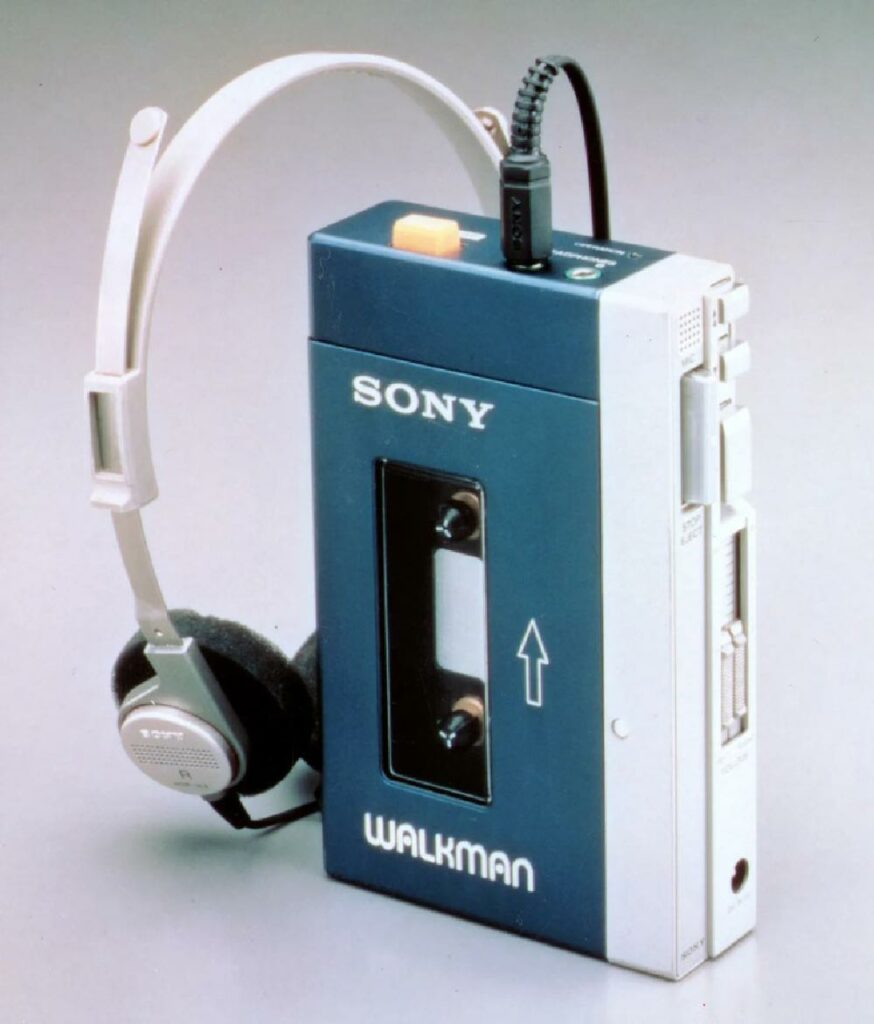
The Game-Changing Success: The Sony Walkman
Perhaps one of Sony’s most famous innovations is the Sony Walkman, which launched in 1979. This was a revolutionary product because it allowed people to listen to music on the go for the first time. Prior to the Walkman, portable music was either bulky or non-existent.
The concept of personal, portable audio was so foreign that even Sony’s own engineers were skeptical. But once the Walkman hit the market, it became a global phenomenon, selling millions of units. The Walkman not only transformed Sony into a household name, but it also reshaped the way people consumed music. It set the stage for the later development of portable media devices like the iPod.
The success of the Walkman demonstrated Sony’s ability to anticipate consumer needs and create entirely new markets.
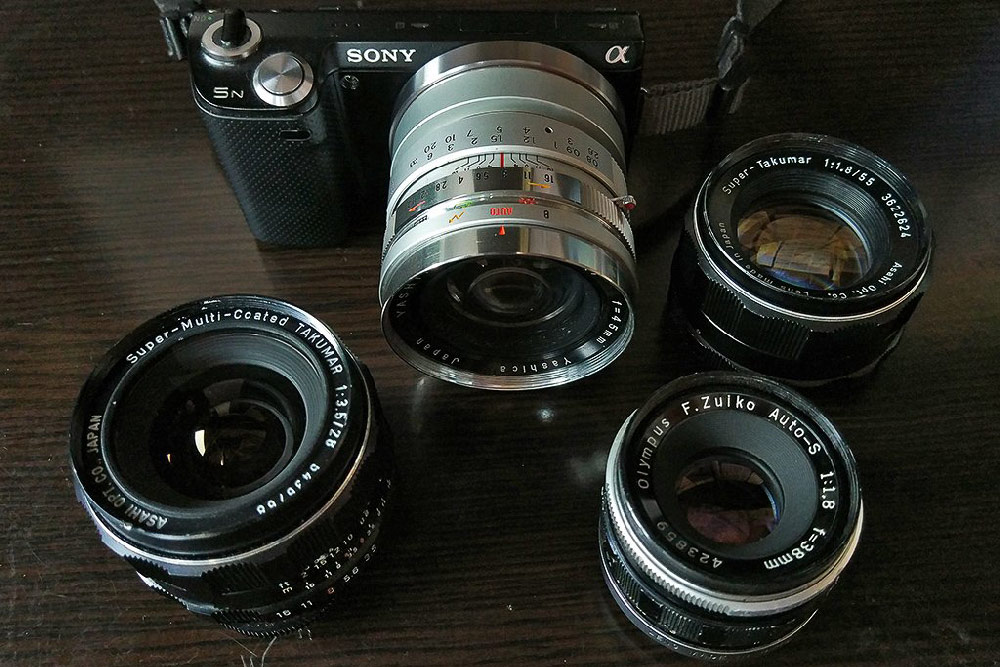
Expansion into Entertainment: Sony Music and Sony Pictures
Sony’s ambition wasn’t limited to consumer electronics. In the late 1980s, the company made two bold moves that signaled its entry into the entertainment industry.
In 1988, Sony acquired CBS Records, one of the largest music labels in the world, and renamed it Sony Music Entertainment. This acquisition gave Sony access to a massive catalog of music and some of the biggest names in the industry. With the rise of digital music in the 2000s, Sony Music became a key player in the transition from physical to digital formats.
In 1989, Sony expanded further into entertainment by purchasing Columbia Pictures for $3.4 billion. This acquisition made Sony a major force in Hollywood, allowing it to produce films and television shows. Although there were some initial challenges, such as managing a film studio that had different operational needs compared to an electronics company, Sony Pictures eventually became a cornerstone of the company’s entertainment division.
These acquisitions were part of Sony’s strategy to diversify its business and become a leader not just in technology but also in content. Owning both the means of content delivery (electronics) and the content itself (music and movies) positioned Sony as a powerful player in the global media landscape.
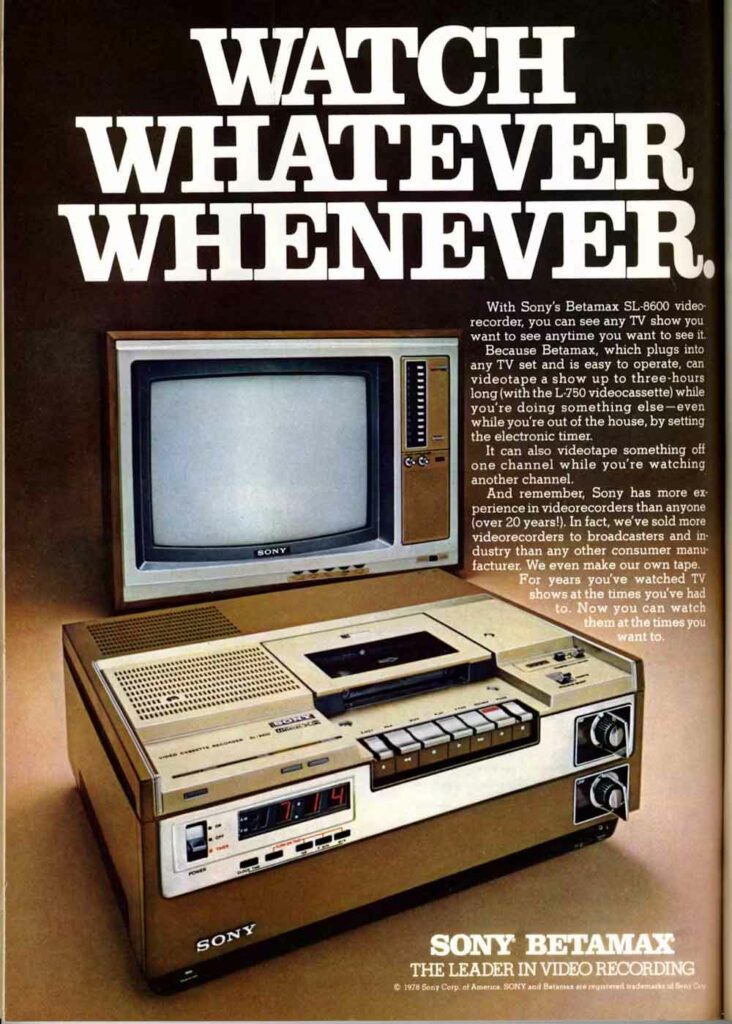
Struggles with Format Wars: Betamax vs. VHS
One of Sony’s most well-known struggles came in the form of the Betamax vs. VHS format war in the 1970s and 80s. Sony introduced Betamax, a home video recording format, in 1975, and it was technically superior to VHS, which was developed by JVC. Betamax had better video quality, but VHS was more affordable, had longer recording times, and was more widely adopted by manufacturers.
Despite Betamax’s technical advantages, VHS quickly gained market share, and Sony found itself losing the battle. By the mid-1980s, VHS became the dominant format for home video, and Sony was forced to concede defeat.
However, Sony’s failure with Betamax taught the company an important lesson: technical superiority does not always guarantee commercial success. This experience shaped Sony’s approach in future product development and marketing strategies.
Sony’s Strategic Shift: Moving Beyond Betamax
Although the Betamax vs. VHS format war was a setback, Sony learned an important lesson: market acceptance is just as crucial as technical superiority. This realization helped the company strategize better for future endeavors, avoiding a rigid focus solely on technical innovation. Instead, Sony began to place more emphasis on understanding consumer preferences and industry-wide standards to ensure broader adoption of its products.
One such success came with the launch of the Compact Disc (CD) in the early 1980s. Teaming up with Philips, Sony co-developed the CD format, which became the industry standard for digital audio. This collaboration allowed Sony to avoid another "format war" and emerge as a key player in digital music. The CD revolutionized the music industry, leading to the decline of analog formats like vinyl records and cassettes. It also marked the beginning of Sony's dominance in digital media, giving the company an edge in both the consumer electronics and entertainment industries.
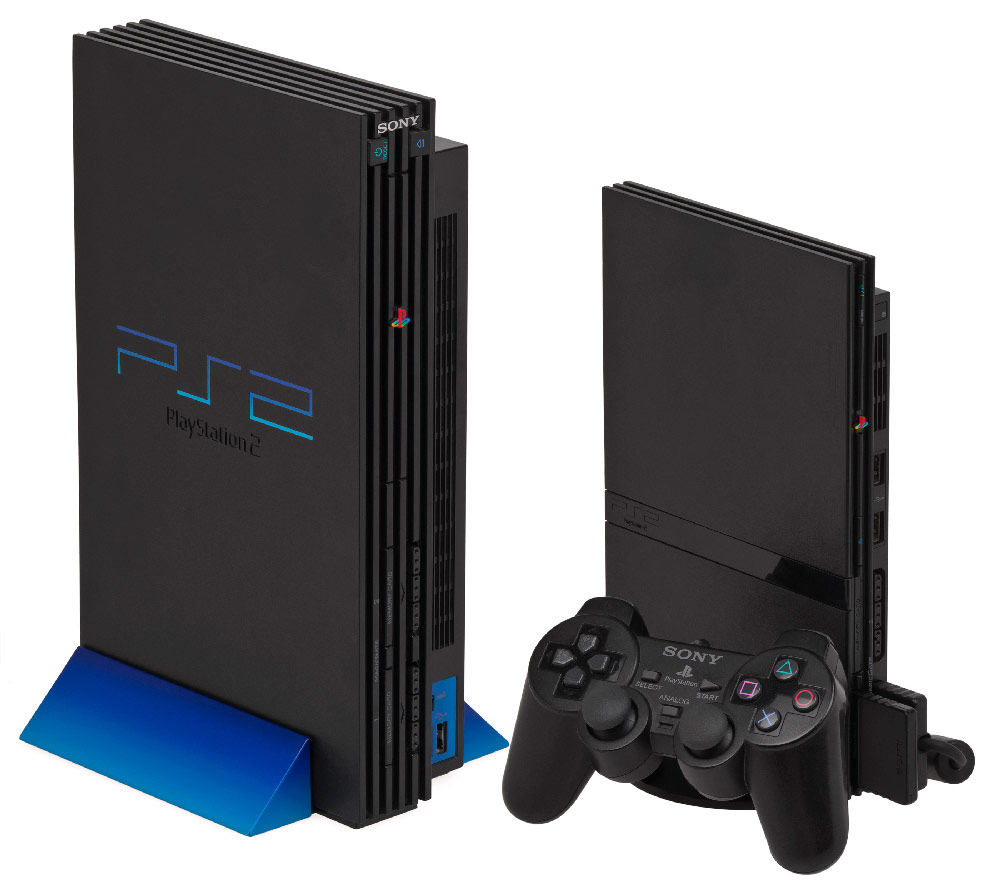
The PlayStation Era: Sony’s Gaming Revolution
One of the most important turning points for Sony came in 1994 with the release of the Sony PlayStation. Initially, Sony had partnered with Nintendo to develop a CD-ROM-based gaming system, but when that collaboration fell through, Sony decided to launch its own gaming console. The result was the PlayStation, a product that not only marked Sony’s entry into the gaming industry but also revolutionized it.
The PlayStation’s ability to handle 3D graphics, combined with a library of top-tier games, made it a hit among gamers and developers alike. It sold over 100 million units worldwide, making it one of the best-selling consoles of all time. This success was followed by even more popular successors, including the PlayStation 2, which became the best-selling console in history, with over 155 million units sold.
The PlayStation transformed Sony into a dominant force in the video game industry, not just as a hardware provider but also as a publisher of blockbuster gaming titles. Today, the PlayStation brand is one of Sony’s most valuable assets, representing a significant portion of the company’s revenue and cultural impact.
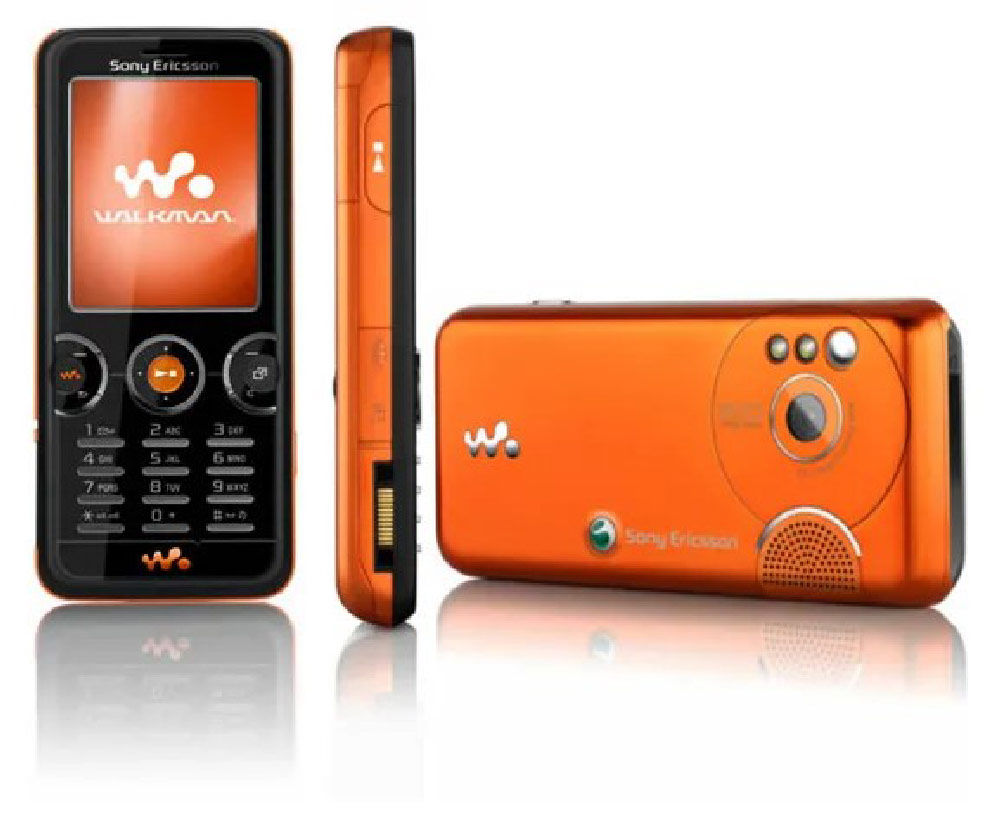
Diversification and Innovation in Consumer Electronics
While the PlayStation was dominating the gaming world, Sony continued to innovate across various other consumer electronics categories. The company expanded its product lineup to include flat-screen TVs, smartphones, home entertainment systems, and digital cameras.
One of Sony’s most iconic products in this era was the BRAVIA (Best Resolution Audio Visual Integrated Architecture) line of televisions, launched in 2005. Known for their high-quality displays, BRAVIA TVs set new standards in picture quality and became a benchmark for high-definition television. Sony's push for higher standards in both image and sound quality helped it maintain a leadership position in the home entertainment sector.
In the digital camera market, Sony's Cyber-shot cameras were particularly popular, catering to both amateur and professional photographers. Sony's innovation in digital imaging technology, combined with partnerships in professional photography, solidified its role as a market leader.

Expanding Digital Entertainment and Media
By the 2000s, Sony was already a major player in the music, gaming, and film industries, but it didn’t stop there. The company continued to make significant investments in digital entertainment, particularly as the world transitioned from physical media to digital streaming services.
In 2006, Sony acquired Grouper, an online video-sharing platform, which was later rebranded as Crackle. While Crackle never reached the heights of other streaming services like Netflix, it represented Sony’s efforts to establish a foothold in the growing world of online content.

Sony also continued to expand its movie studio, producing blockbuster franchises such as Spider-Man and the James Bond series. These franchises became some of the highest-grossing films globally, solidifying Sony Pictures' status as a Hollywood heavyweight. The company’s ability to produce content and own the means of distribution through its consumer electronics division allowed Sony to create a vertically integrated entertainment empire.
Sony’s Struggles in the Digital Era
As the world shifted toward digital media, Sony faced new challenges. The early 2000s saw a decline in physical media sales—something that Sony had once dominated with its Walkman, CDs, and DVDs. Additionally, the rise of digital platforms like Apple’s iTunes and Netflix presented new competition. Sony’s own attempts to push proprietary formats, such as the MiniDisc and Universal Media Disc (UMD), failed to gain traction in the market.
One of Sony’s biggest challenges came in the form of the Blu-ray vs. HD DVD format war. While Sony’s Blu-ray format eventually won, it came at a high cost. Many consumers had already begun adopting digital streaming platforms, diminishing the overall impact of Blu-ray's victory. Sony’s continued focus on physical media during this period meant it struggled to adapt quickly to the growing demand for digital distribution.
Sony’s electronics division, once its core business, also began to struggle. Increased competition from brands like Samsung and LG, particularly in the flat-screen TV market, put pressure on Sony’s consumer electronics sales. Despite offering premium products like BRAVIA, Sony began losing market share as lower-cost alternatives flooded the market.
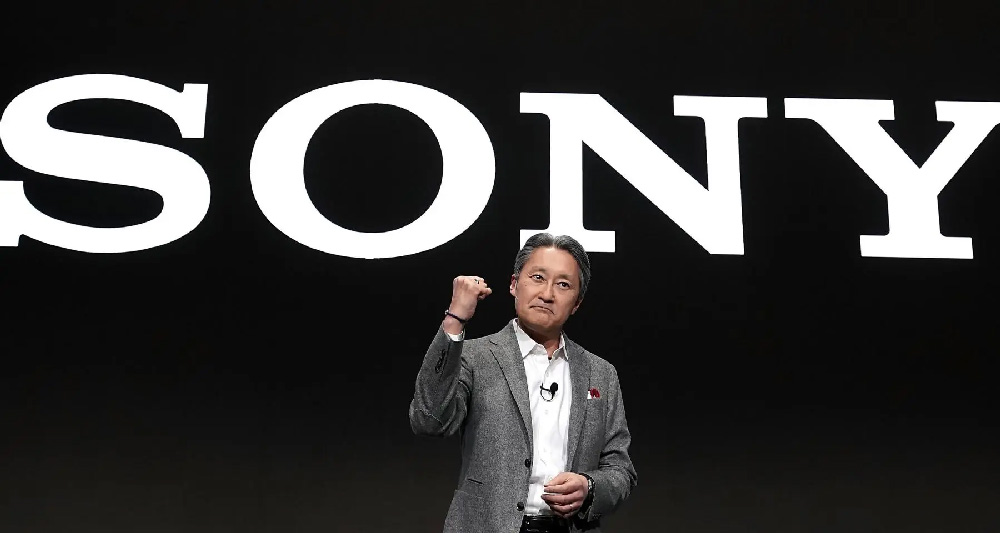
Restructuring and Streamlining Operations
By the early 2010s, Sony faced significant financial challenges. Under the leadership of Kazuo Hirai, who became CEO in 2012, Sony initiated a major restructuring plan. Hirai’s strategy was to focus on the company’s profitable divisions—namely gaming, entertainment, and imaging technologies—while downsizing less profitable areas, such as the PC and television businesses.
One of the most significant changes was the sale of Sony’s VAIO laptop division. The VAIO brand had long been synonymous with premium personal computing, but it struggled to compete against the likes of Apple and HP in the increasingly commoditized PC market. Sony sold the VAIO division in 2014, marking its exit from the computer business.
Hirai also made the difficult decision to spin off Sony’s TV division into a separate entity. This allowed the company to focus on higher-margin businesses while restructuring its electronics division to be more efficient. Additionally, Sony made significant investments in image sensor technology, which became a key growth area for the company. Sony’s sensors became widely used in smartphones and digital cameras, providing a reliable revenue stream.
Sony’s Resurgence: PlayStation and Imaging Technology
During this period of restructuring, Sony’s PlayStation division became a cornerstone of the company’s success. The PlayStation 4, launched in 2013, was a massive commercial success, selling over 100 million units globally. The console’s strong lineup of exclusive titles, such as The Last of Us, Uncharted, and God of War, helped PlayStation become a dominant force in the gaming industry.
In addition to PlayStation, Sony’s investment in imaging technology paid off handsomely. By the mid-2010s, Sony had become the world’s largest supplier of camera sensors, particularly for smartphone manufacturers. Companies like Apple and Samsung relied on Sony’s advanced imaging sensors for their flagship devices, providing Sony with a lucrative and growing revenue stream.
Sony’s focus on its core strengths—gaming, entertainment, and imaging—allowed the company to regain its footing and return to profitability. By the end of the 2010s, Sony had successfully repositioned itself as a leader in digital entertainment and technology, shedding many of the divisions that had once burdened its balance sheet.

The Future of Sony: Focus on Innovation and Digital Transformation
As Sony looks toward the future, the company is once again focusing on innovation and digital transformation. The launch of the PlayStation 5 in 2020 was met with huge demand, continuing the legacy of the PlayStation brand as a leader in gaming consoles. Sony’s investment in cloud gaming and virtual reality (VR) through its PlayStation VR headset signals its intent to remain at the forefront of gaming innovation.
Sony is also pushing further into content creation through its music and film divisions. With franchises like Spider-Man and Venom, Sony Pictures continues to generate blockbuster hits, while Sony Music remains one of the largest music labels in the world.
Another area of growth for Sony is artificial intelligence (AI) and robotics. The company has made significant investments in these fields, hoping to apply its expertise in imaging and sensors to the development of autonomous systems and AI-powered technologies. Sony’s re-entry into the robotics market with the Aibo robotic dog demonstrates its commitment to innovation in consumer electronics.

Sony’s Embrace of Sustainable Innovation
In recent years, Sony has also embraced sustainability as part of its broader innovation strategy. The company has committed to achieving net-zero carbon emissions by 2050, focusing on reducing its environmental impact across all areas of its business. Through initiatives such as the Green Management 2025 program, Sony is working toward more eco-friendly manufacturing processes, reducing plastic use, and increasing energy efficiency in its products.
For instance, the BRAVIA TV series has been re-engineered to use fewer resources and more sustainable materials while maintaining high performance and picture quality. Sony's commitment to sustainability extends beyond electronics to its gaming division as well. The PlayStation 5 has been designed with energy-saving features, which aligns with the company’s broader goal of reducing energy consumption across its devices.
The Role of AI, Robotics, and Imaging
Sony’s expertise in imaging technologies continues to be a crucial area of growth, especially with the development of AI and robotics. Sony has been actively working on creating AI-powered imaging systems for various sectors, including healthcare, automotive, and industrial applications. For example, Sony’s camera sensors are not only being used in smartphones but are also integral to the development of autonomous vehicles and smart city infrastructures.

Aibo, Sony’s robotic dog, marked the company’s return to the robotics market, showcasing Sony’s ability to integrate AI with consumer products. Although Aibo is primarily a consumer product, its underlying technology has broader applications in industrial robotics and AI-powered automation, areas in which Sony has started to make strategic investments.
In addition, Sony’s Crystal LED displays represent another cutting-edge innovation in imaging technology, particularly for professional use in sectors such as film production, retail, and automotive. These displays offer unparalleled resolution and color accuracy, positioning Sony as a leader in high-end visual displays for commercial applications.
Sony’s Dominance in the Gaming Industry
As Sony continues to expand its gaming ecosystem, the company has embraced cloud gaming and virtual reality as two key areas of future growth. With the launch of the PlayStation 5 in 2020, Sony solidified its position as one of the dominant players in the gaming industry. The PS5's impressive hardware capabilities, coupled with a strong library of exclusive games, helped it become one of the best-selling consoles within its first year of release.
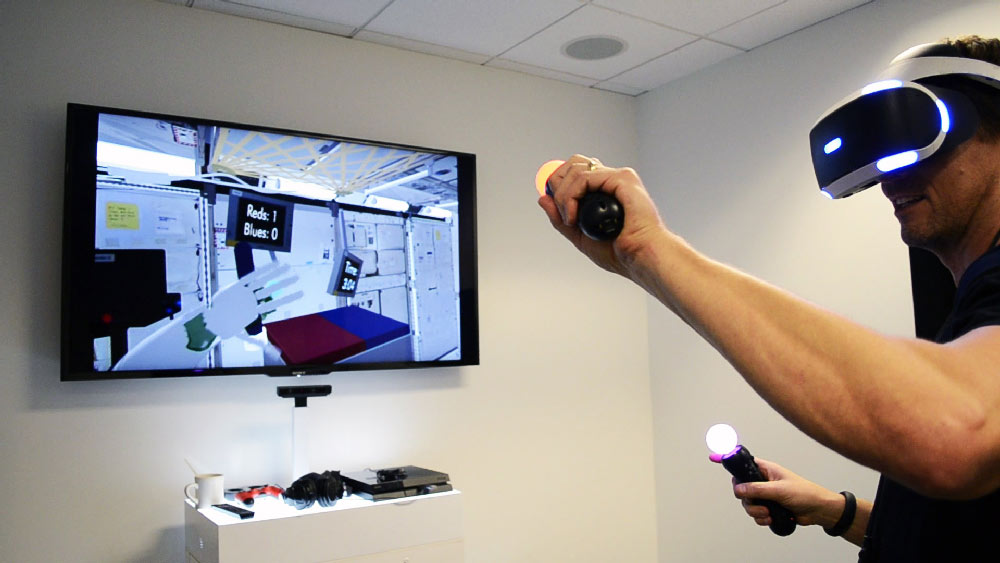
Sony has also made significant investments in PlayStation VR, with the aim of delivering immersive gaming experiences. VR gaming is still a niche market, but Sony’s continued push into this space demonstrates its commitment to shaping the future of gaming technology. The company is also exploring cloud gaming through its PlayStation Now service, which allows users to stream games directly without the need for physical discs or downloads. This move is part of a broader industry trend toward subscription-based gaming services.
Moreover, Sony’s commitment to esports and competitive gaming has grown significantly in recent years. The company’s acquisition of EVO (Evolution Championship Series), one of the largest and most prestigious fighting game tournaments in the world, signals its intent to become a major player in the competitive gaming scene. With esports gaining more mainstream attention, Sony is well-positioned to capitalize on the growing market for competitive gaming and live events.
Sony’s Vision for the Future: Innovation, Content, and Experience
Looking forward, Sony’s vision for the future revolves around creating a seamless ecosystem where content, technology, and experience converge. This is reflected in their motto: "Be Moved." The company aims to create products that inspire, entertain, and engage people emotionally—whether through groundbreaking technology like 8K TVs, immersive gaming experiences, or hit movies and music.
Sony’s strategy emphasizes the importance of content ownership, particularly in the entertainment sector. The company’s investment in music (through Sony Music) and film (through Sony Pictures) provides a steady stream of revenue, while also offering synergy with its hardware products, such as PlayStation and BRAVIA TVs. The combination of hardware, software, and content ownership puts Sony in a unique position to control both the creation and delivery of entertainment experiences.
Artificial intelligence, 5G, and next-generation imaging are all areas that Sony is investing heavily in. These technologies are expected to fuel Sony’s growth across a range of industries, including healthcare, automotive, entertainment, and consumer electronics. Sony's partnerships with other tech companies in these sectors demonstrate the company’s long-term commitment to innovation and its willingness to explore new markets.
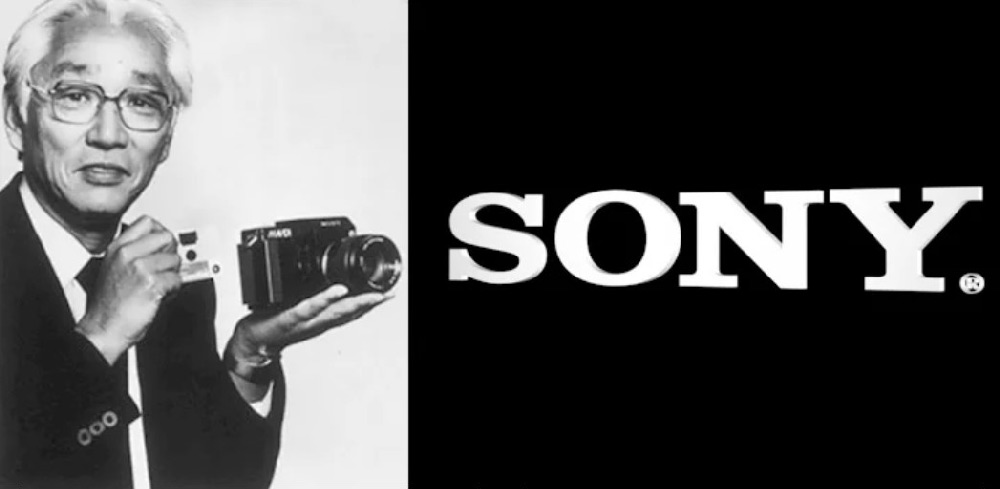
Conclusion: From Humble Beginnings to Global Innovation Leader
From its modest origins in post-war Japan to becoming a global leader in technology and entertainment, Sony’s journey is one of constant innovation, adaptation, and resilience. Despite facing numerous challenges along the way—from format wars to shifting market demands—Sony has remained committed to its core values of creating products that inspire and improve people’s lives.
Sony’s success can be attributed to its ability to anticipate market trends, its focus on customer experience, and its pursuit of cutting-edge technology. Today, the company’s diverse portfolio, spanning from gaming and entertainment to AI and robotics, ensures that it remains a leader in multiple industries. As Sony continues to evolve, its focus on sustainability, innovation, and digital transformation will drive its future growth. Whether through groundbreaking PlayStation games, AI-powered robots, or immersive entertainment experiences, Sony is set to shape the future of technology and entertainment for generations to come.

